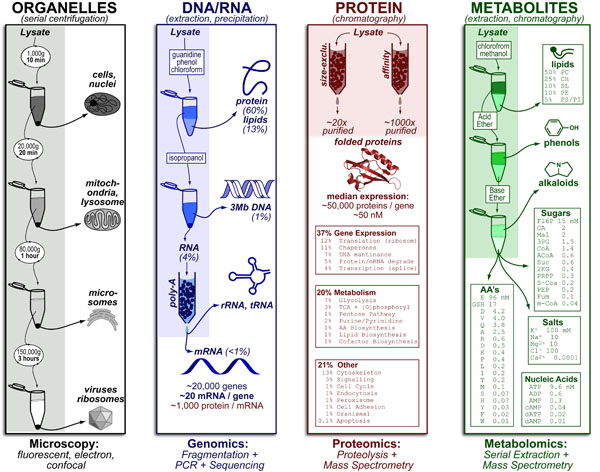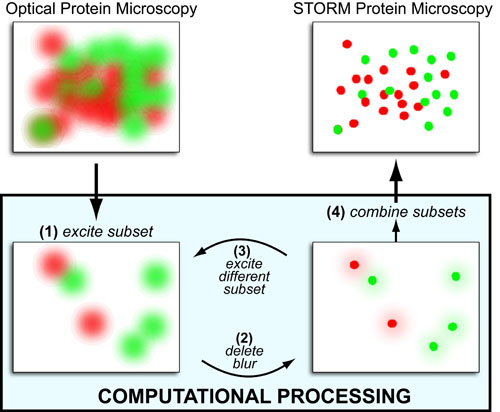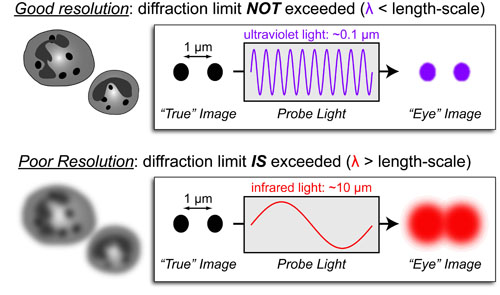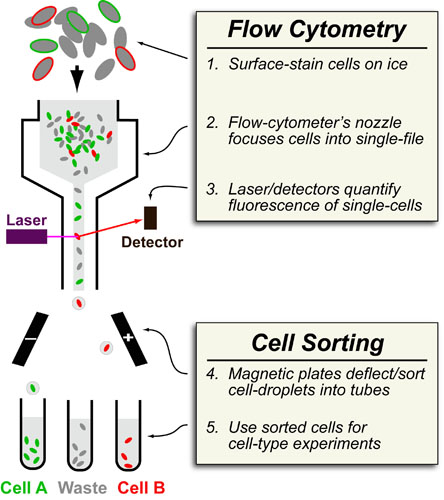Different scientific questions focus on different parts of the cell and it is often necessary to break a cell up into those different pieces (figure above). While various “-omic” methods are well suited to answering global/systems-level questions for the four catagories listed above (e.g. microscopy, genomics, proteomics, metabolomics) they often lack the resolution of fractionation-methods to answer molecular level questions.
About Us
Practically Science was started by two Yale PhD students in 2012. Its goal is to make single-sheet summaries of common interdisciplinary methods, ideas, etc. Continue Reading →Please follow & like us :)
Blogroll
Site Map
-
Recent Posts







